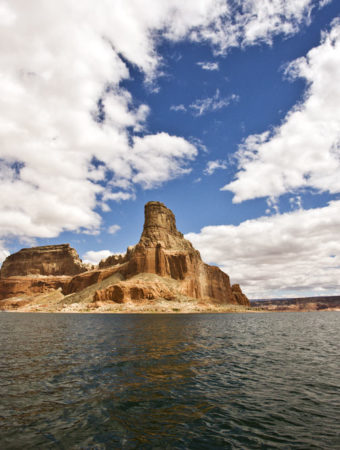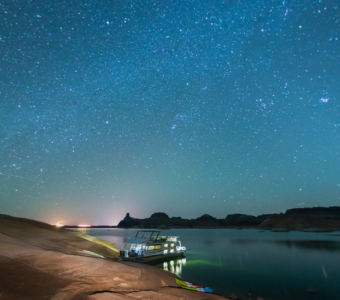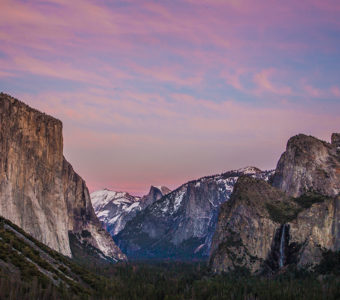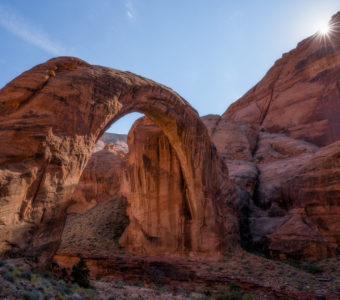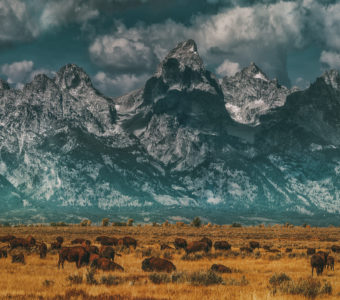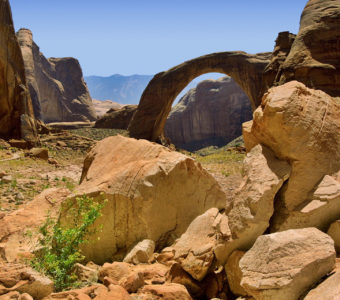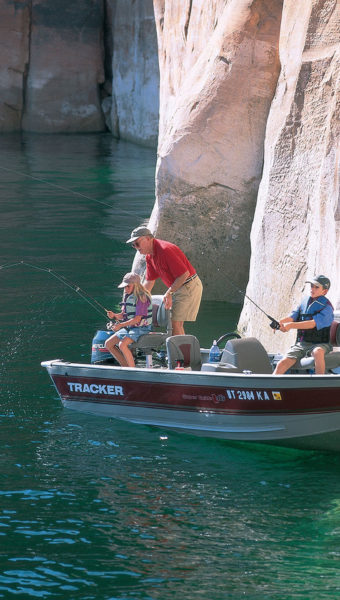Lake Powell is the second largest man-made lake in the United States and home to one of the largest natural bridges in the world, the stunning Rainbow Bridge Monument. The over two million people who visit each year come for its iconic landscape of sandstone arches, canyons and winding waterways that are home to every water sport imaginable.
Lake Powell History
The lake is named after John Wesley Powell, a Civil-War era veteran who led an exploration of the area in 1869. Lake Powell is a man-made lake created by the flooding of surrounding Glen Canyon, and a national recreation area was established there in 1972.
Lake Powell’s crystal clear waters perfectly mirror the sky on bright days, and visitors will find a range of activities from camping, houseboating, fishing to an array of natural rock formations, and hiking opportunities. Tours, paddle boarding, and Colorado river rafting are fun activities enjoyed by Lake Powell visitors.
Points of Interest

Antelope Canyon
Even if you’ve never been to this famous canyon, you’ll likely recognize its famed sandstone layers from popular movies and documentaries. The erosion of the famous canyon cliffs over time provides unique arches and distinct layers in the rock, with light and water streaming through natural rock formations. It’s a can’t-miss part of any Lake Powell exploration.

Rainbow Bridge
Known as “the world’s largest natural bridge”, a steep arch of over 200 feet has settled into the side of a steep canyon. Designated as a Traditional Cultural Property by the NPS, the Rainbow Bridge is a short walk from major roads and features a convenient, well-kept pathway and recreation area.
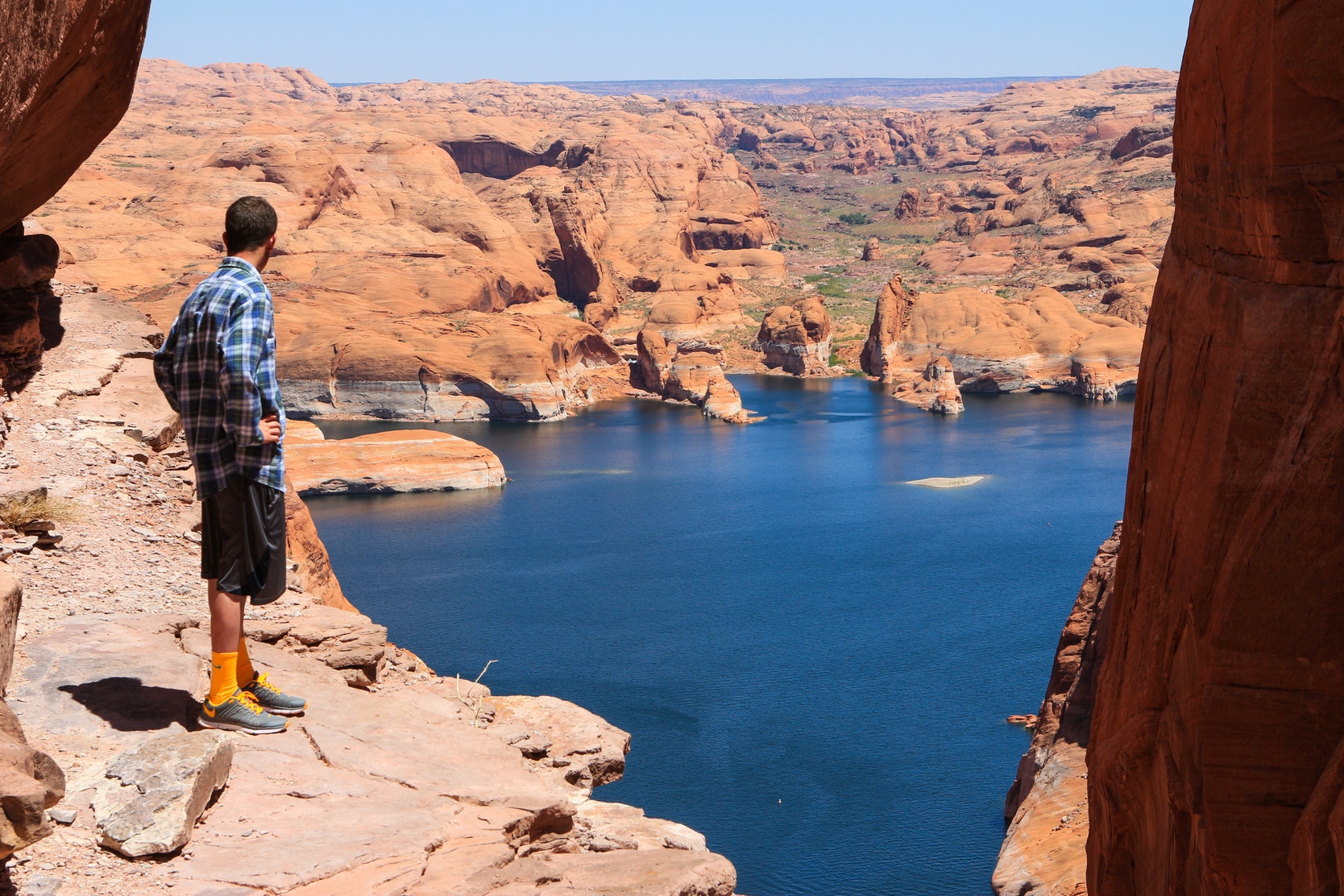
Hole-in-the-Rock
Located at Glen Canyon’s Western rim, this formation is a renowned water pathway in difficult terrain used by settlers to traverse through Glen Canyon. Visitors can see where covered wagons dug into the rock while traversing across the roadway created by early travelers.

Horseshoe Bend
After a 1.5-mile hike, visitors can see one of Lake Powell’s most famous natural formation. Horseshoe Bend occurs at the winding of Colorado River around a steep incline of rock, creating a “horseshoe” shaped appearance that is visible from the cliff above.










